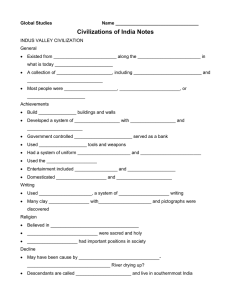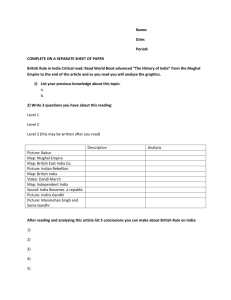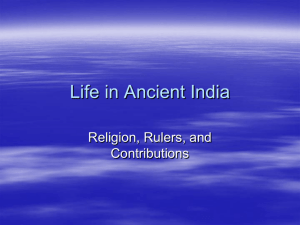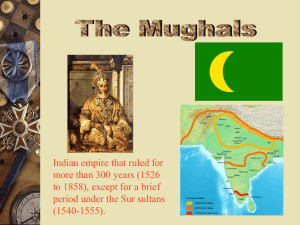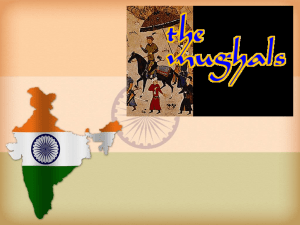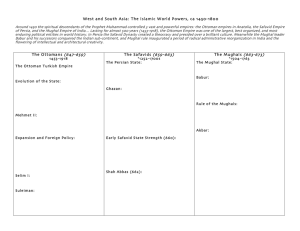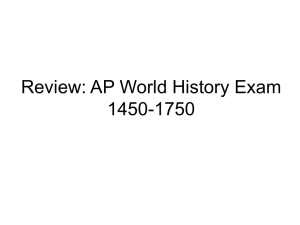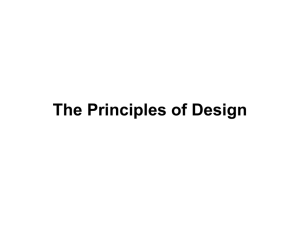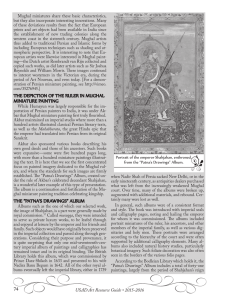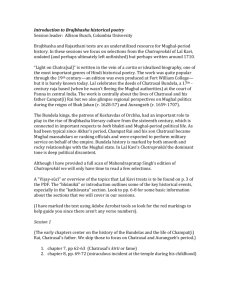Civilizations of India Notes
advertisement
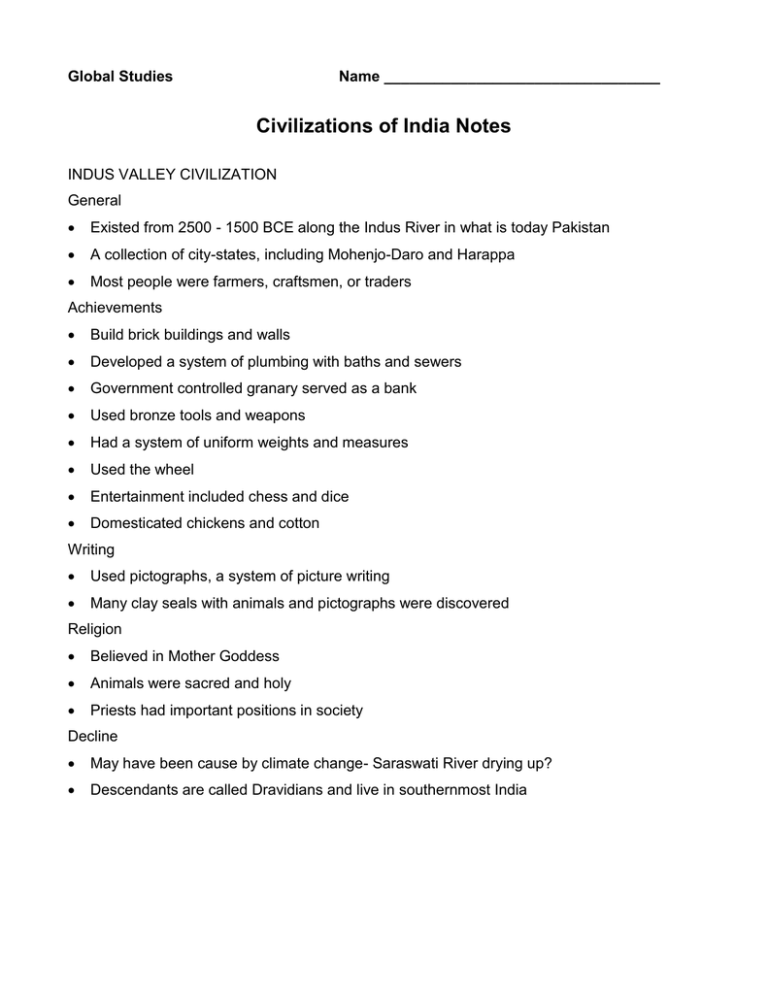
Global Studies Name _________________________________ Civilizations of India Notes INDUS VALLEY CIVILIZATION General Existed from 2500 - 1500 BCE along the Indus River in what is today Pakistan A collection of city-states, including Mohenjo-Daro and Harappa Most people were farmers, craftsmen, or traders Achievements Build brick buildings and walls Developed a system of plumbing with baths and sewers Government controlled granary served as a bank Used bronze tools and weapons Had a system of uniform weights and measures Used the wheel Entertainment included chess and dice Domesticated chickens and cotton Writing Used pictographs, a system of picture writing Many clay seals with animals and pictographs were discovered Religion Believed in Mother Goddess Animals were sacred and holy Priests had important positions in society Decline May have been cause by climate change- Saraswati River drying up? Descendants are called Dravidians and live in southernmost India ARYANS General Existed from 1500-500 BCE Light skinned nomads from the Caucus Mountain who spread into Europe and South Asia They were cow herders- their word for war translated to lets go get some cows Achievements Brought iron tools and chariots from the Middle East Set up kingdoms ruled by rajahs (princes) Language Developed the Sanskrit language Religion They were polytheistic and started Hinduism and the caste system Their holy books were the Vedas Made religious sacrifices to the gods- food and water MAURYA EMPIRE General Set up by Chandragupta in 322 BCE Dominated the northern plain and were the irst kingdom that united most of the subcontinent Achievements Created a postal system, road system, and irrigation Asoka, India’s greatest king Chandragupta’s grandson The turning point of his life was after he won a great battle but was very bloody He converted to Buddhism and helped spread it He united diverse peoples under the banners of ahisma (nonviolence) and dharma (kindness and compassion) Asoka had his edicts or laws inscribed in stone Symbols associated with Asoka are the dharma wheel (on India’s flag today) and the lions GUPTA AGE United most of India from 320-550 CE A time of peace and prosperity and is considered India’s golden age o Mathematics- developed Arabic numbers, the zero, and infinity o Science- astronomy, calendar, physics, and chemistry o Medicine- surgery, instruments, medicine o Literature- poetry and plays o Art and Architecture- includes the Ajanta Cave Temples MUGHAL EMPIRE General Descendants of the Mongols Invaded India from Persia under Babur in 1526 Religion Mughals were Muslim o Sources of Hindu-Muslim conflict Polytheism vs. monotheism Caste vs. religious equality Sacred cow vs. food Akbar the Great Greatest Mughal ruler o Ruled from 1555-1603 o Mughal golden age o Promoted religious tolerance Married a Hindu Abolished tax on Hindus Hindus given government jobs Wanted to create a “universal” religion Blending of culture Urdu- Combined Persian and Hindi languages, but written in Arabic script Indians absorbed Persian legends and myths Persian culture influenced music, painting and architecture Taj Mahal Commonly considered most beautiful building in the world Best example of Indo-Islamic architecture 20,000 craftsman worked for 22 years Built by Shah Jahan as a tomb for his wife Mumtaz Mahal Helped bankrupt empire and lead to Mughal decline Decline and Fall Decline coincided with the arrival of the British Last Mughal emperor was deposed and exiled in 1857
